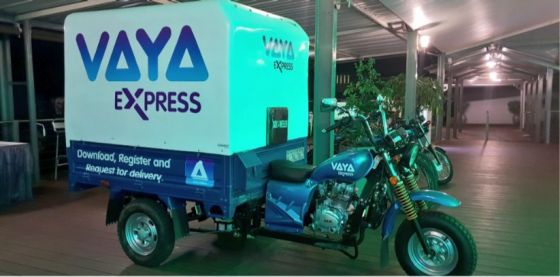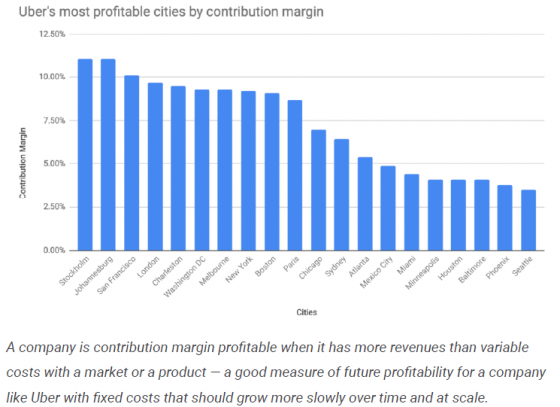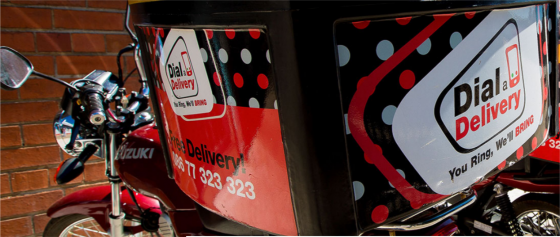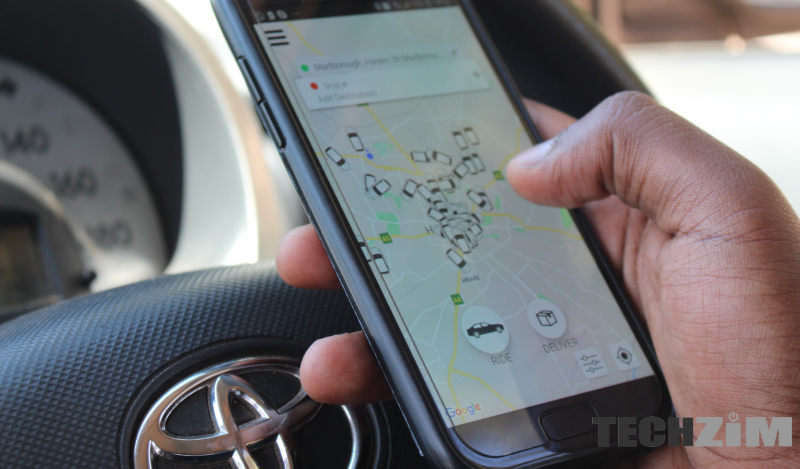If you’ve followed the story of Uber since its launch back in 2011, you’ll know that over the years the company has lost a significant amount of money. In fact in its most recent quarter, Uber lost slightly above a $1 billion dollars. That’s a bucketload of money to be losing close to a decade after you’ve started your business.
From a local perspective, it might also be slightly worrying seeing that we have Vaya and Hwindi (the two most prominent) and a host of other ride-hailing applications trying to make money using a model not so different from the one being used by Uber. Well, I think there are a number of reasons why (the likes of) Vaya and Hwindi are not destined to become a local repeat of what Uber has been in other territories. There are some similarities to Uber but first, let’s get the good things out of the way:
Costs of lawsuits
One of the biggest money burners for Uber since its launch has been lawsuits. A few months ago they shelled out $20 million in a driver classification lawsuit. By 2016, Uber had paid over $161.9 million in lawsuits and that number has risen since (one of the more notable lawsuits being a $148 million lawsuit in 2018). Local ride-hailing businesses will not be forced to contend with regulatory hurdles unless of course they have continental expansion in their sights.
Quicker refinement of business models
Both Hwindi and Vaya already focus on delivery making them logistics companies more than they are simply ride-hailing companies. This shift might prove to be a wise one as Uber itself has started focusing more on logistics than they did before. Uber’s chief executive Dara Khosrowshahi argued that Uber’s future was not as a ride-hailing company, but as a wide technology platform shaping logistics and transportation.

Uber launched Uber Pool (ride sharing 5 years after launch). Vaya announced their ride pooling service after 7 months of operation. Hwindi is yet to do so but there’s not much in the way of such an announcement if they wanted to focus on that.
Uber is launching Jump (electric bike sharing) years after their initial surfacing and yet Vaya has already announced Vaya Hopper. I’m a bit wary of giving plaudits for Vaya Hopper as it introduces a new cost that isn’t there in the traditional ride-sharing model they’ve used up until now. There will be the cost to actually acquire these three-wheeled bikes, which means there will be subsequently servicing and maintenance costs along with security costs to ensure the bikes aren’t stolen and vandalism is minimal.
That’s beside the point, which is: local ride-hailing applications can avoid some of the pains and pitfalls that befell Uber and refine their business models because of their late entry to this space and thus far that’s the approach that many have taken.
Initial driver acquisition costs
By the time Vaya launched, the concept of an Uber or ride-sharing wasn’t as alien as when Uber launched. What does this mean? It means Uber had to spend truckloads of money acquiring drivers. Early on Uber gave out amazingly high bonus for sign-ups and a few drives and unless Hwindi or Vaya did so unbeknownst to the public it doesn’t seem that was the case for the local guys. I’m sure they incentivized drivers early on but not to the astronomical extent that Uber had to. Why? Well, partly because locally a lot of people are already pretty desperate for employment and new ways to diversify income streams which simply means local companies tend to negotiate from a position of power.
For Uber, these costs have remained quite high (probably not as high as in the early days) since Uber is constantly rolling out in new markets.
In Uber’s early years, new drivers got sign-up bonuses as high as $2,000 or $5,000 just for completing a few rides on the app.
CB Insights report on How Uber Makes Money
Expansion costs
Whilst Uber has become a household brand in many parts of the world, that expansion has come at a significant cost. Just a few months after going live in NYC and Chicago, Uber went online in Paris, London, Mexico and Taiwan. Today Uber is in more than 600 cities.
It’s safe to assume that most local players won’t follow that same model, with the exception of Vaya which has its roots in Econet, a company which boasts of having a continental presence. I don’t think it would be too wise for local ride-hailing companies to go on a continental attack as there are many lessons to be learn about each countries transport system and other social subtleties along with truckloads of dollars to be spent to penetrate these markets. It might be a better bet to focus on local territory and spreading the ride sharing service in as many towns and cities as possible before even contemplating making the jump to other territories.
As aforementioned a shift of landscape also comes with the threat of litigation and that’s will no doubt take up significant resources.
Local employment & transport situation
Uber has been hugely successful in Johannesburg and this bodes well for any potential ride-sharing application in Zim because Jo’burg has a significant unemployment problem which provides a large pool of potential labor for ride-sharing apps. Jo’burg also has a pretty unreliable transport system which has made Uber a great alternative. We have Kombi‘s, need I say more.

Self-driving cars. A necessary evil?
As you may know, Uber is working on self-driving cars and as you may also know working on something requires resources. The self-driving unit at Uber is estimated to lose between US$125-US$200 million quarterly. Overall it’s said to have lost over US$2 billion dollars. Close to RTGS$ 20 billion at the time of writing, probably more whenever you get to reading this.
Unless Vaya, Hwindi or G-Taxi has a top secret lab working on such a project, they won’t be haemorrhaging money through that avenue.
It’s not all rosy…
Whilst all these are great reasons to be excited about ride-sharing in the local context and might ease some of your concerns about ride-hailing, sharing, and logistics or whatever you might choose to classify Hwindi, Vaya and their counterparts, there are still some serious concerns to about the sustainability of the this business model.
No Uber Eats
You may have heard of or even used Uber eats (when you go out of the country that is). Even when Uber is losing billions of dollars Uber Eats is a big part of what they are doing and expected to be driving 20% of revenue. What this means is that without Uber Eats, Uber would probably be losing more money or in certain terms they would be making less. Vaya and Hwindi have no Uber Eats of their own and it doesn’t seem like something that might change in the short term. Local fast food outlets aren’t exactly encouragingly priced at the moment so that doesn’t seem like an avenue that neither of the local startups can attempt to tackle and make significant amounts from since demand is generally low (using the eye test -data could say otherwise) and there’s not much disposable income going around. In the long-term this could change but right now that’s an untapped avenue.

Speaking of disposable income
Uber is most profitable in areas that have wealthier citizens with more disposable income. Good luck finding thousands of zimbos with disposable income in the short term.
Of course the food delivery and disposable income issues are issues with an easy and clear fix for investors, it’s not really clear if and when the economy will actually improve.
Poor driver retention rate
This is one of Uber’s biggest problems. In 2017-2018 Uber was said to be adding as many as 450k new drivers a month with a churn rate of 12.5%. That’s a pretty significant amount of drivers to be leaving the platform and if a similar pattern follows locally, there will be some issues as there aren’t as many people to hire to begin with. A Vaya driver I know recently informed me that drivers will soon be required to have comprehensive car cover which could be a motivating factor for driver churn as comprehensive cover is much more expensive and requires forex in some (if not all) cases.
The most important takeaway for any startup potentially thinking of entering the ride hailing space is that it isn’t a winner takes all market which means Hwindi/Vaya/G-Taxi and whoever comes next can coexist as Uber has done with Lyft and a variety of other similar businesses depending on where you look. Best of all, no one has even won the market yet if we are being frank…

4 comments
Very interesting piece.
I take it that’s the positive version of “interesting”… 😂 Thanks
Well researched article, i went through the whole piece :), great article!
Glad you enjoyed 💪🏾